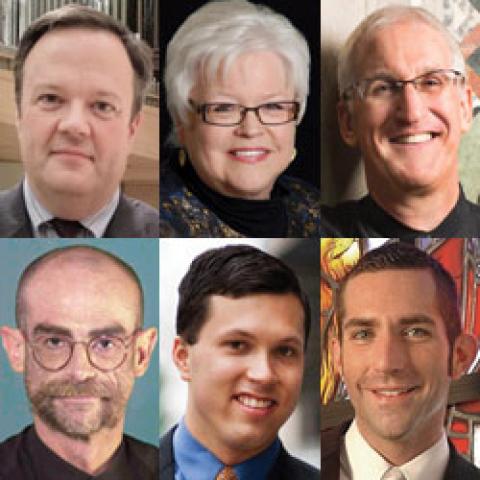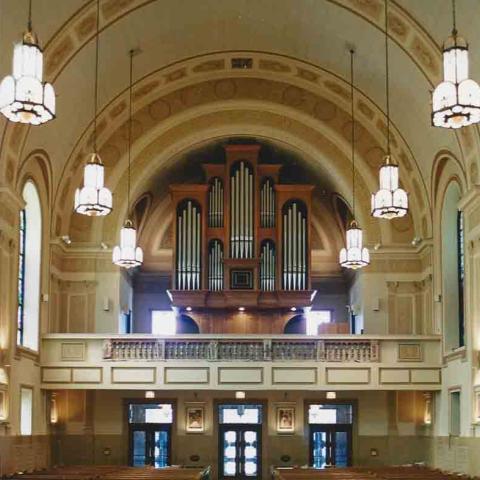Midwinter Pipe Organ Conclave
January 18–19, 2015
La Grange, Illinois
Conveniently located near Chicago’s O’Hare and Midway airports and many Interstate highways
Co-sponsored by The Diapason, Chicago and Fox Valley Chapters of the American Guild of Organists, and Chicago-Midwest Chapter of the Organ Historical Society
Sunday, January 18—David Schrader in recital
Monday, January 19—Lectures and workshops by Stephen Schnurr, Karen Brunsson, and Philip Kloeckner; recitals by Jonathan Rudy and Scott Montgomery
Instruments: First Presbyterian Church (1962 Aeolian-Skinner, III/40); Emmanuel Episcopal Church (1970 Casavant, III/63); St. Francis Xavier Catholic Church (2003 Berghaus, II/32)
Registration: $50, covers all events and Monday lunch
For information: Contact [email protected] - 847/391-1044




